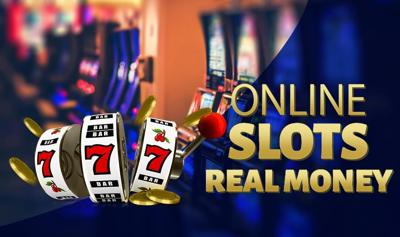The Joker card, a staple in many card games and a cultural icon, has fascinated players and non-players alike with its unique joker card balance. Unlike other cards in a standard deck, the Joker stands out due to its dual nature: it can represent a wild card or a card of chaos, depending on the game being played. This article delves into the origins, significance, and various uses of the Joker card in gaming and popular culture.
Origins of the Joker Card
The Joker card has its roots in the 19th century, emerging from the game of Euchre, which originated in Europe. Initially called the “best bower,” it was created to serve as a trump card that could outrank all others. As card games evolved, the Joker became a fixture in standard decks, particularly in the United States, where it gained its current name and design.
The design of the Joker has varied widely over the years, often depicted as a jester or clown, reflecting its playful and unpredictable nature. The colorful illustrations and whimsical motifs have contributed to its status as one of the most recognizable cards in the deck.
Versatility in Card Games
The Joker’s primary function in many card games is as a wild card, which means it can substitute for any other card to help players complete their hands. This versatility makes it a valuable asset in games like Poker, Rummy, and Canasta, where players aim to create specific combinations or achieve particular objectives.
In some games, however, the Joker serves a different purpose. For instance, in games like Crazy Eights or Uno, it can represent a card that forces opponents to draw additional cards or change the game’s flow. The unpredictability associated with the Joker adds an element of strategy, as players must decide when to use it for maximum effect.
Symbolism and Cultural Significance
Beyond its role in card games, the Joker card has transcended its original purpose and found a place in popular culture and psychology. It often symbolizes chaos, unpredictability, and the breaking of societal norms. The Joker character has been portrayed in various forms of media, most notably in comic books and films, most famously as the archenemy of Batman.
In literature and psychology, the Joker archetype embodies the trickster—an entity that disrupts the status quo, challenging authority and expectations. This theme resonates in various narratives, where the Joker character serves as a catalyst for change, prompting deeper reflections on morality and the human condition.
The Joker in Popular Culture
The Joker’s influence extends beyond card games into movies, television shows, and literature. Iconic portrayals of the character, such as those by Cesar Romero, Jack Nicholson, Heath Ledger, and Joaquin Phoenix, have captivated audiences and explored the complexities of madness, humor, and tragedy.
These adaptations have contributed to the Joker’s status as a cultural icon, representing not just a character, but a philosophical inquiry into the nature of chaos, identity, and societal norms. The dichotomy of the Joker as both a source of laughter and fear speaks to the complexities of human nature and the thin line between sanity and madness.
Conclusion
The Joker card is more than just a card in a deck; it is a multifaceted symbol of versatility, chaos, and cultural significance. From its origins in 19th-century card games to its portrayal in popular culture, the Joker embodies the unpredictable nature of life itself. Whether used strategically in a game or as a metaphorical figure in literature and film, the Joker continues to intrigue and inspire, reminding us of the inherent chaos that exists within and around us.
